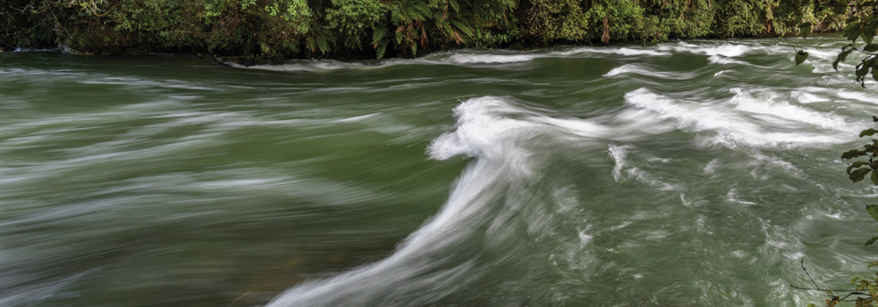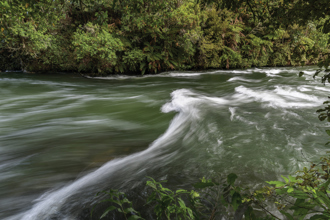Council’s Regional Natural Resources Plan informs water allocation in the region. The online groundwater accounting tool is based on a percentage of average annual aquifer recharge. Council also has a scientific monitoring and modelling programme in place to improve our understanding of recharge rates and water use impacts, including on connected surface water bodies.
Our groundwater monitoring network currently includes 54 water level monitoring bores and 22 bores that we collect water quality data from. We monitor rainfall and people’s consented use of groundwater and surface water.
Check out our indicative groundwater accounting tool.


